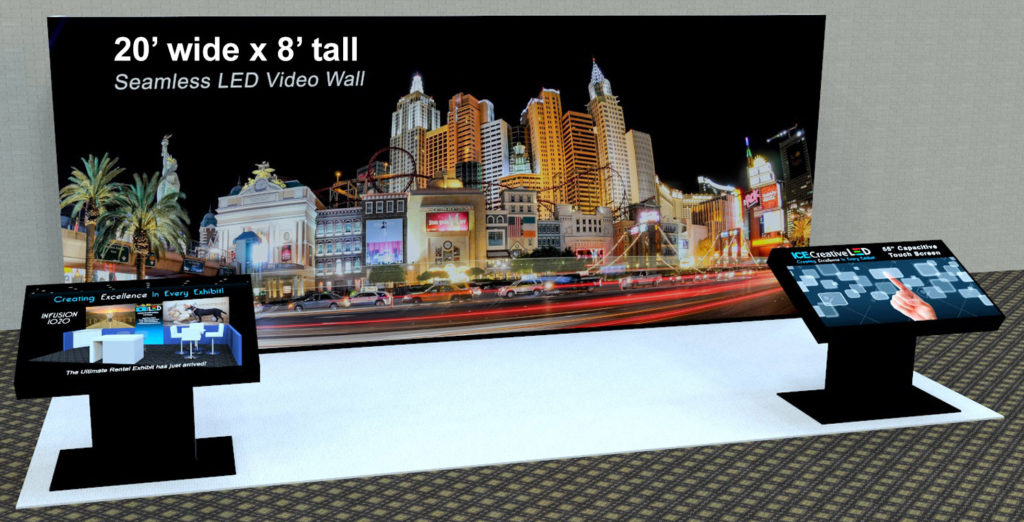LED display walls are increasingly popular in various environments, such as music events, sports events, and corporate meetings. These large big displays are made up of many individual Light Emitting Diode modules which function collectively to create a single cohesive image. Various multiple kinds of Light Emitting Diode display screen solutions on the market, each with its own features and benefits. Understanding these technologies can help businesses and organizations choose the right solution for their specific requirements.

One common kind of LED video screen solution is the directly viewed Light Emitting Diode. This technology utilizes separate LED modules which are arranged closely together to create a big screen. Direct view Light Emitting Diode screens are known for their high brightness as well as lively colors, making them perfect for external events or well-lit illuminated settings. They also have a wide sight perspective, which means that people can view the screen distinctly from different positions. Such renders directly viewed LED walls a popular option for stadiums and external events.
A different type of LED video screen solution is the LED illuminated LCD. This solution merges conventional Liquid Crystal Display displays with LED backlighting for improved luminosity as well as hue accuracy. LED-backlit LCDs are often utilized in interior settings, including retail centers and conference rooms. They provide excellent visual clarity while are typically more affordable than direct view LED walls. However, they may often function as effectively in well-lit environments, as the backlighting can sometimes wash out the colors.
Another thirdly choice is the Organic Light Emitting Diode display wall. OLED technology offers superior contrast and hue richness in relation to alternative kinds of screens. Every dot in an Organic Light Emitting Diode display produces its individual light, enabling for genuine dark tones as well as lively hues. Such renders Organic Light Emitting Diode display screens especially attractive for uses which require premium images, including gallery exhibitions or high-end retail stores. However, OLED technology can be more expensive and may not be as bright as directly viewed Light Emitting Diode screens, rendering it not appropriate for external applications.
In addition to the aforementioned technologies, there are additionally multiple applications for LED video screens. These displays can be used for advertising, amusement, as well as information display. For instance, companies commonly utilize Light Emitting Diode display walls for digital click for source advertising to attract customers as well as advertise products. In amusement, they enhance the visual encounter at music events and events, offering lively backgrounds as well as engaging images. Within corporate environments, Light Emitting Diode video screens can be utilized for presentations, video meetings, and training sessions, aiding to convey information through a visually appealing manner.
In conclusion, LED display walls come in various technologies, each having its own advantages as well as applications. Directly viewed Light Emitting Diode walls are ideal for external use, whereas LED illuminated LCDs are more appropriate for indoor environments. Organic Light Emitting Diode video screens offer superior image clarity but may come at a greater cost. Grasping the differences variations can assist entities to make informed choices about the best type of Light Emitting Diode video wall most meets their requirements, whether for advertising, amusement, or business applications.
Comments on “A Thorough Comparison of Different Light Emitting Diode Video Screen Techniques and Their Uses”